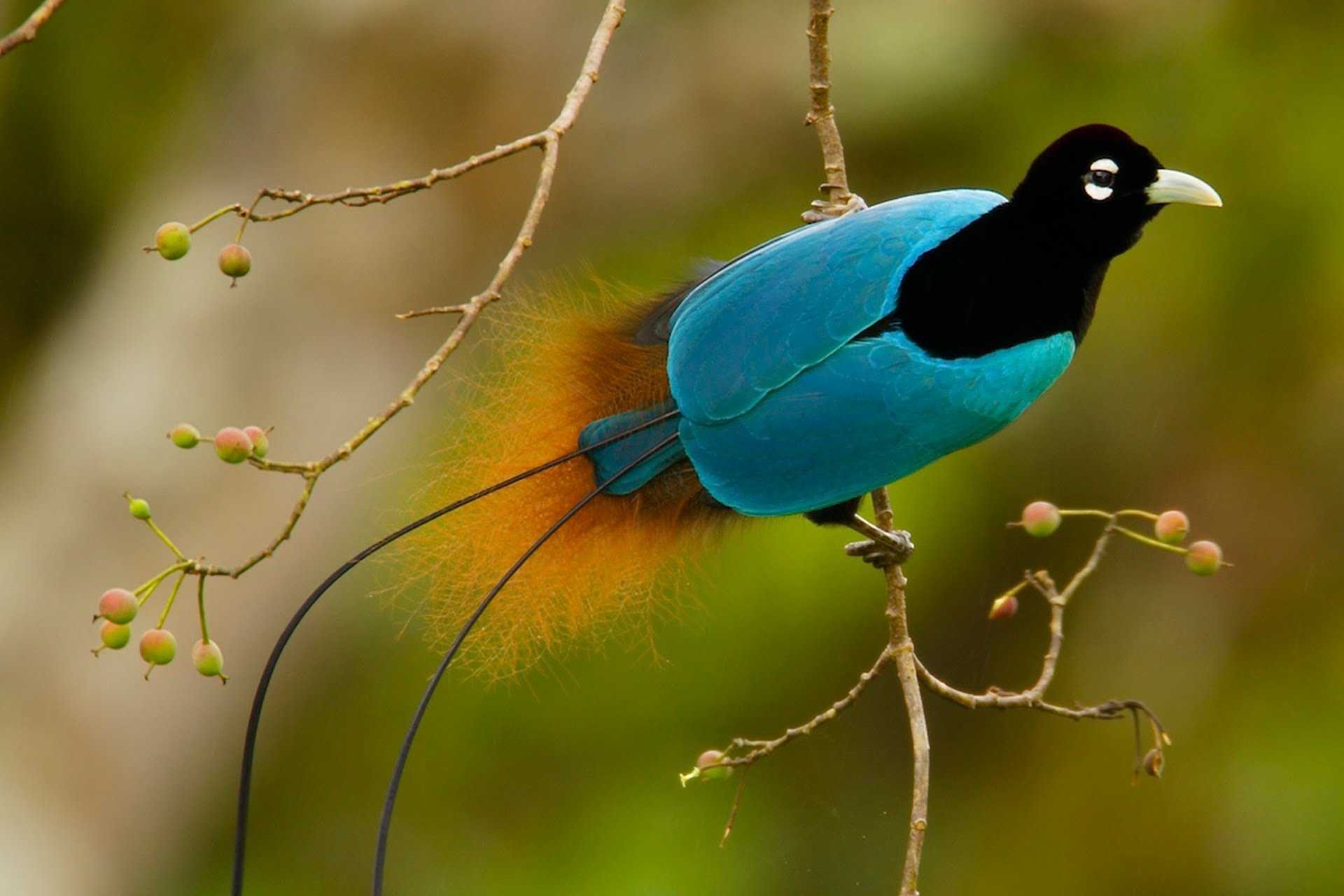Paradise birds were "black holes" in feathers
Biologists found that the black wings of tropical birds of paradise can absorb more than 99 percent of the incident radiation - more than any other natural material.
"The blackest" material in the world is Vantablack, a structure that resembles a vertical "forest" of carbon nanotubes, in which 99.9 percent of visible, micro- and radio waves that fall on the surface are lost. Nothing else comes close to this indicator, but the more surprising was the find, made by Dakota McCoy of Harvard University and her colleagues. Almost accidentally, scientists attracted a completely black, "like a black hole", the surface of the wings of a bird of paradise (Paradisaeidae), a scarecrow that caught one of the authors in the museum. In an article published by the journal Nature Communications, they give the results of their research.
Paradise birds are distant tropical relatives of our sparrows, which live in New Guinea and neighboring islands. The catchy colors of the males and the spectacular dance help them find a partner for growing their offspring and are the subject of careful study by females, apparently quite unattractive: one uneven feather may be enough for failure. Under the influence of this sexual selection, males developed remarkable color and plastic: the refined, deep black background emphasizes the particularly bright colors of some feathers.
